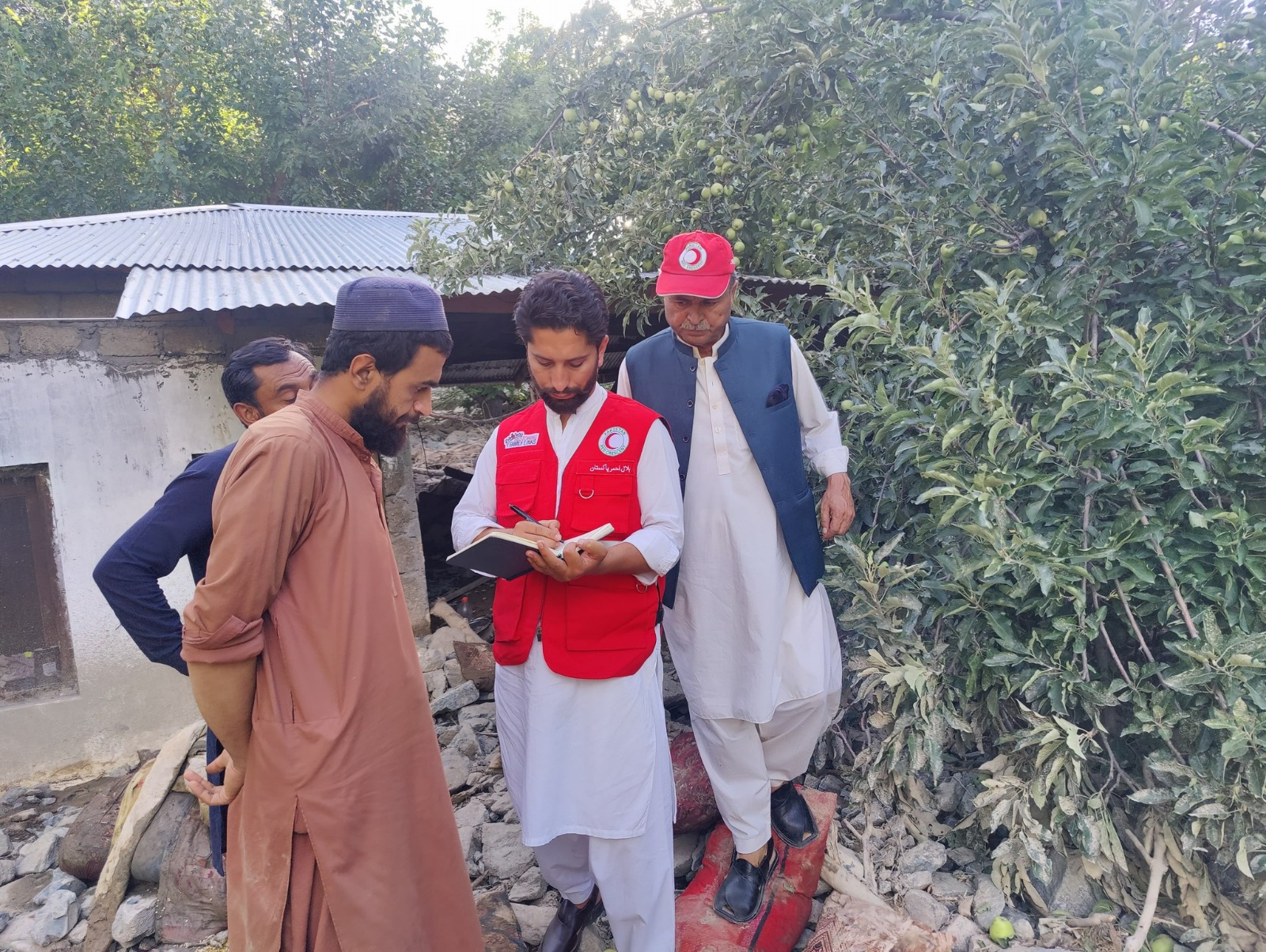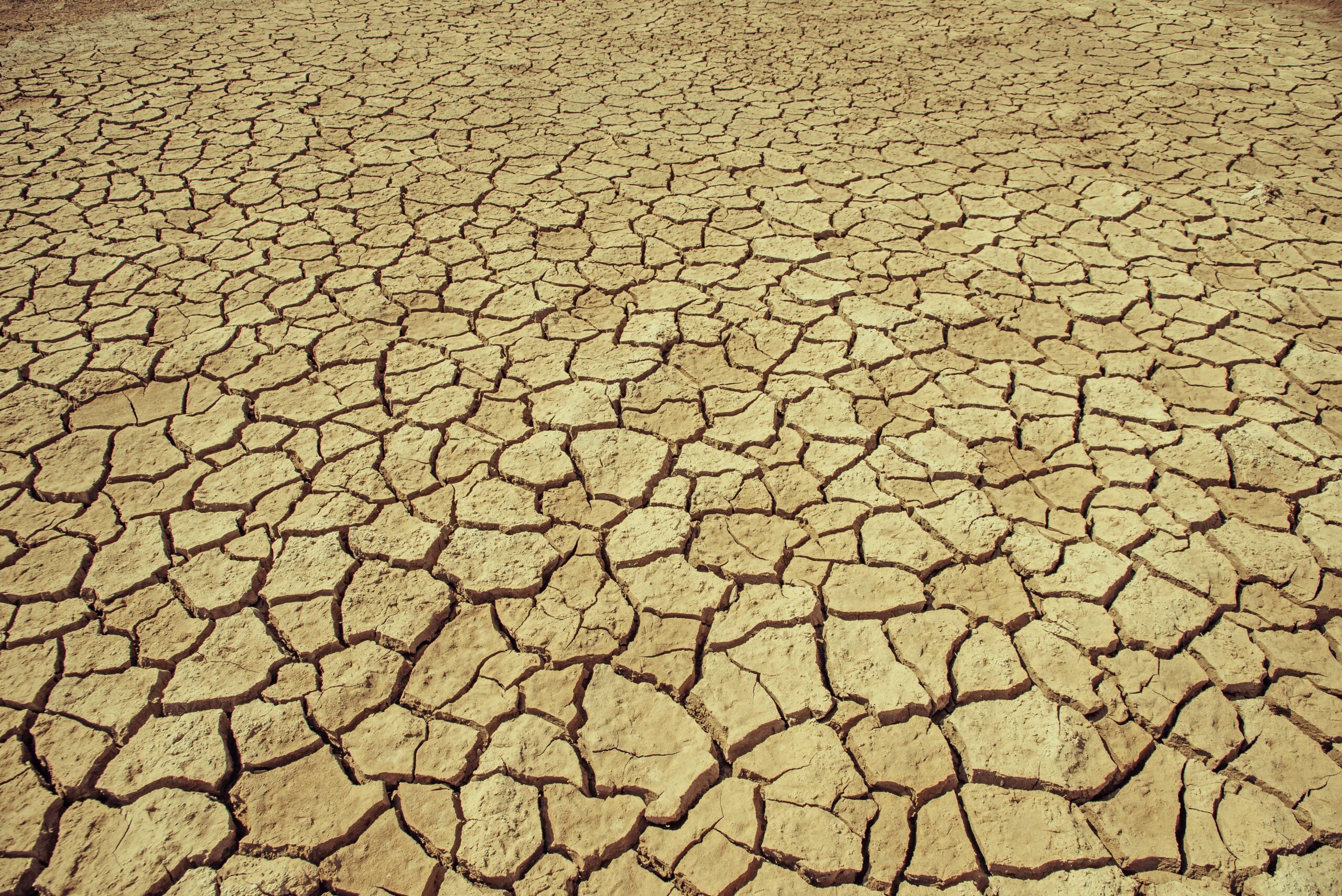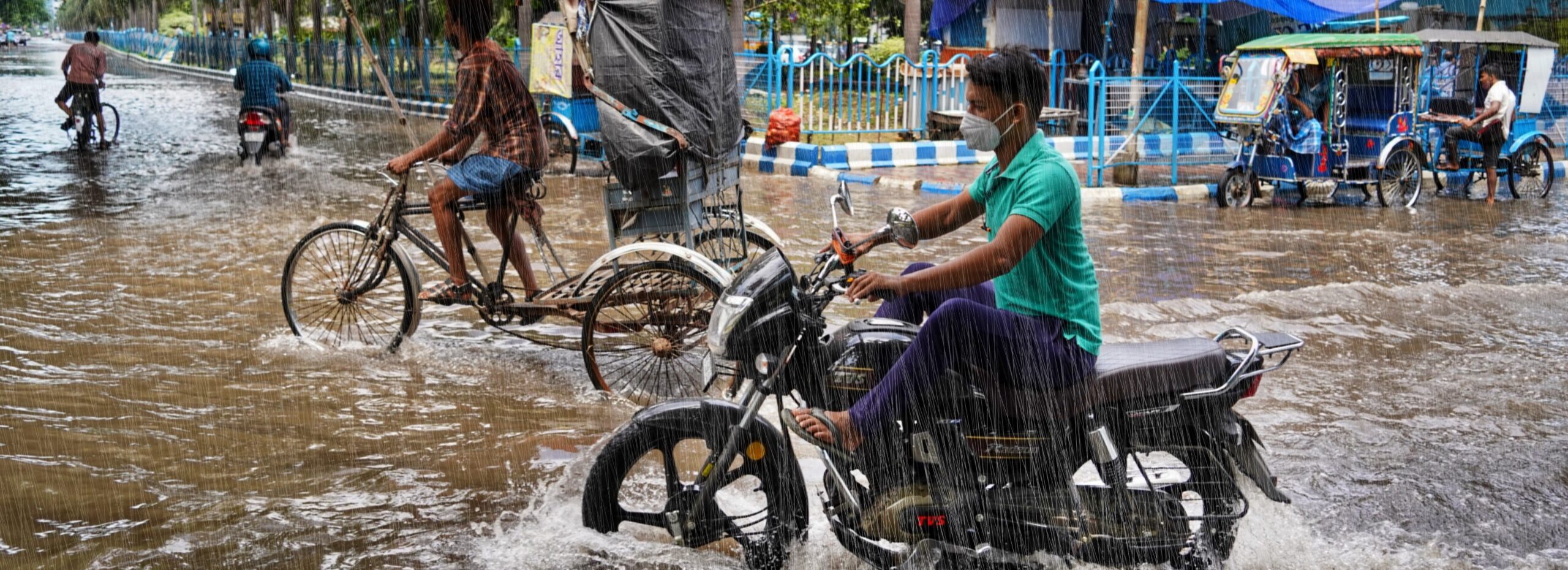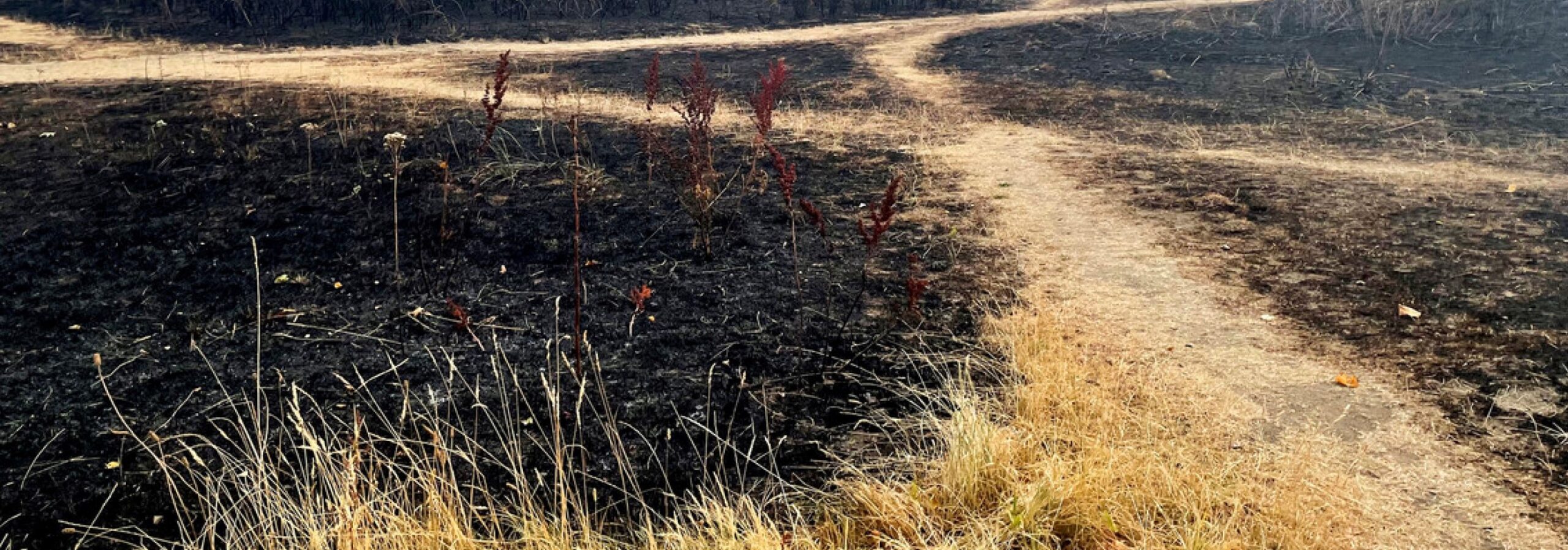In mid-July, a storm caused widespread destruction with collapsed buildings and surging floodwaters claiming numerous lives in both urban and rural areas. In Rawalpindi, 230 mm of rainfall in less than a day on July 17 overwhelmed drainage systems, flooding homes and roads, and prompting evacuation alerts in settlements along the Lai Nullah (Arab News, 2025). Other cities, including Lahore and Faisalabad, also reported casualties.
According to the National Disaster Management Authority (NDMA), by August 3, 300 fatalities had been recorded nationwide, including 162 in Punjab and 70 in Khyber Pakhtunkhwa. Out of these deaths, 140 were children, 103 were adult males and 57 were adult females. More than half of the deaths were linked to collapsing houses. The flooding also injured more than 700 people and damaged more than 1,600 houses (NDMA, 2025). This event hit the country only two years after the historic rainfall and flooding of 2022 (WWA, 2022 Pakistan floods), underscoring Pakistan’s acute vulnerability to frequent extreme rainfall events.
To analyse whether and to what extent human-caused climate change altered the likelihood and intensity of the heavy rainfall that led to the floods, causing the damages and resulting in casualties, scientists from Pakistan, Sweden, Denmark, the UK and the US used published, peer-reviewed methods to perform an event attribution study.
The monsoon rainfall patterns across northern Pakistan are shaped by the complex topography and seasonal variability. To assess the full extent of impacts from the persistent heavy rainfall since the beginning of the 2025 monsoon season, we examine the maximum 30-day rainfall accumulation during the June-September (JJAS) season, focusing on a study region encompassing the most affected districts in the provinces of Punjab and Khyber Pakhtunkhwa of Pakistan, including the cities of Islamabad, Rawalpindi, Chakwal, Faisalabad, Peshawar, and Lahore (bounding box: 27.52°–37.37°N, 69.13°–75.51°E; see Figure). At the time of writing, heavy monsoon rainfall is ongoing in the region and impacts are expected to continue. Long-term trends in rainfall are similar for different months of the monsoon season, meaning these results can be broadly applied to the continued heavy rainfall.
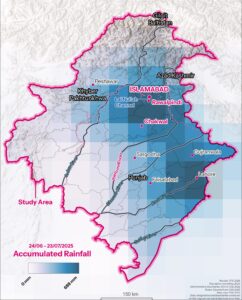
Depictions of boundaries are for illustrative purposes only and do not imply any official position.
Main Findings
- Multiple storms have affected northern Pakistan since the beginning of the monsoon season in June. Flash floods have killed 300 people and injured 715, as of August 3. Nearly half of the deaths are children. In the region studied, 240 people lost their lives.The high death toll highlights the particular vulnerability of children and urgent need to increase resilience to flooding in Pakistan.
- In today’s climate, which has warmed by 1.3°C, this event is not particularly rare from a meteorological perspective, with an estimated return period of approximately five years, based on observational datasets.
- Historical trends associated with global warming in observational datasets show the 30-day maximum rainfall over the study region is now approximately 22% more intense than it would have been in a climate that had not warmed by 1.3°C, due to the burning of fossil fuels, and, to a smaller extent, deforestation.
- To quantify the role of human-induced climate change in the observed changes, we analysed trends in climate models. The models show an increase in intensity of extreme rainfall of about 12%, which is smaller than the trend found in observations, in agreement with previous studies in the region. Climate model performance is known to be poor in the region due to the complexity of the drivers of extreme monsoon rainfall, which models struggle to reproduce.
- The majority of models and observations we have analysed show that similar intense rainfall has become heavier as Pakistan has warmed. In particular, two of the climate models included in this analysis, both known for their more realistic representation of aerosols and irrigation that are major factors influencing rainfall processes in this region, were found to show increases of 40-80%. This is in line with the increase found based on observations. The synthesised results indicate that present day climate change has increased the rainfall intensity by around 15% but uncertainties are large, meaning a much larger increase cannot be excluded.
- The findings up till now are corroborated by projections of future 30-day heavy rainfall. Under a 2.6°C warmer climate compared to preindustrial levels, 30-day heavy rainfall events such as this one are expected to become more frequent and intense.
- While the uncertainties in the results are high, the results are well aligned with published literature on historical trends in monsoon rainfall in Pakistan and projections from the Intergovernmental Panel on Climate Change.
- Pakistan is the fifth most populated country in the world and one of the fastest urbanising countries in South Asia due largely to rural-urban migration within the country. Nearly half of Pakistan’s 96.4 million urban residents live in informal settlements. Homes in these areas are often built on riverbanks, drainage basins, and dry riverbeds and are thus at high-risk of flooding. The settlements are often built from mud and rice husk, making them highly vulnerable. A total of 164 of the flood deaths as of August 3 have been caused by house collapses. Weak enforcement of building codes, deforestation, and building in floodzones amplify the scale of damage, especially in urban centers.
- Adaptation solutions such as nature based solutions (e.g. reforestation, restoring wetlands) that can absorb floodwater, rigorous land use planning and discouraging construction in high-risk areas can reduce the number of people exposed to deadly floods, and enhanced flood early warning and early action systems can help people move out of harm’s way in future floods.
- Following the devastating 2022 floods, an estimated US$16.3 billion was required for rehabilitation and reconstruction in a resilient way, with donors pledging more than USD 8.5 billion, mostly as loans, and the Pakistan government meeting the remaining requirements. However, this event shows that there is an imperative to not just rebuild but also to adapt to the rising risks. Pakistan is estimated to need US$152 Billion for adaptation between 2023 and 2030, the majority of which remains unfinanced.

